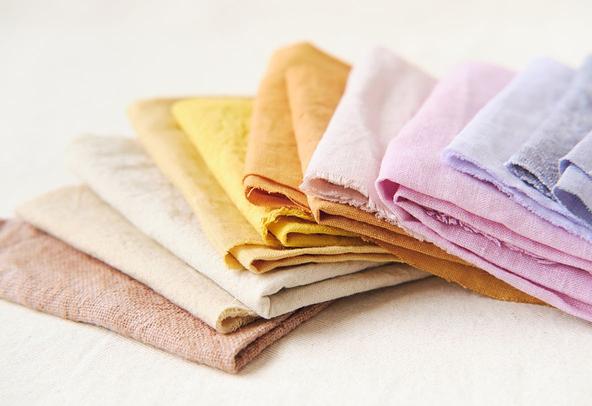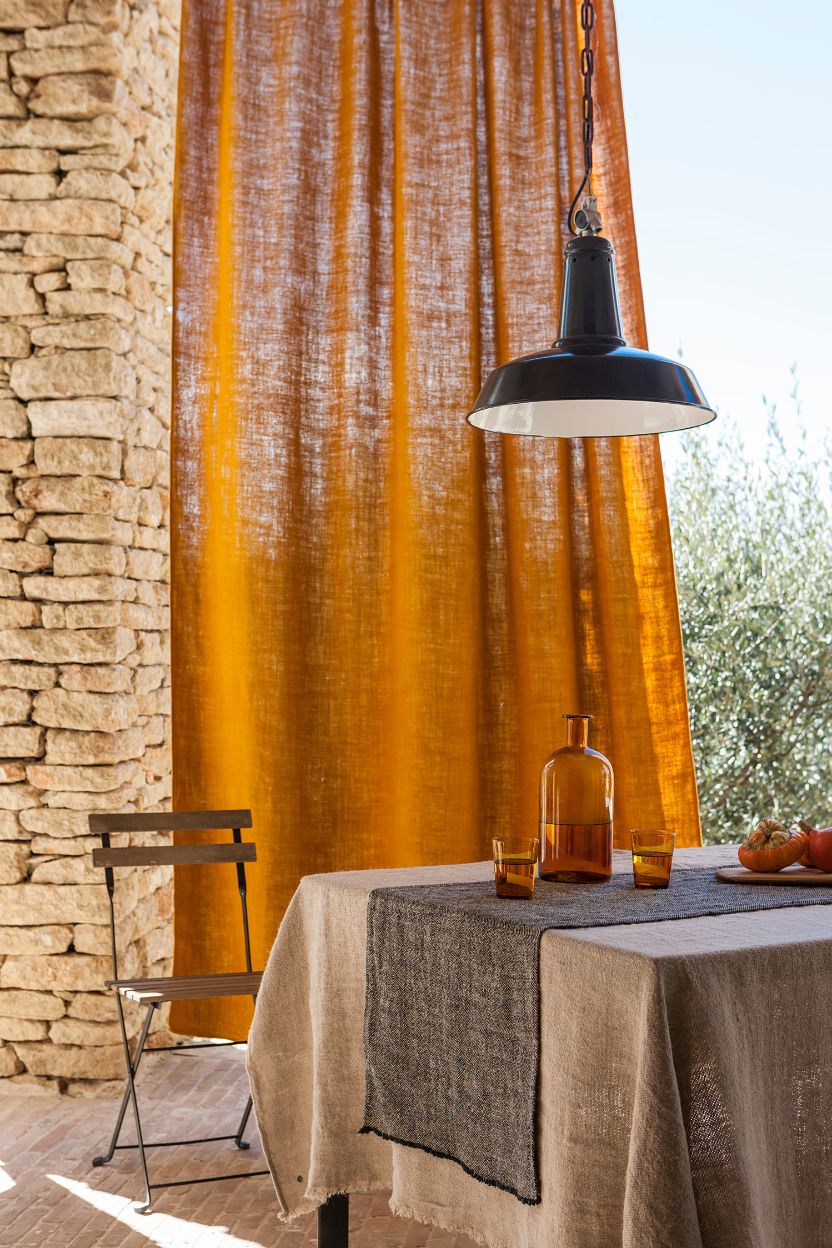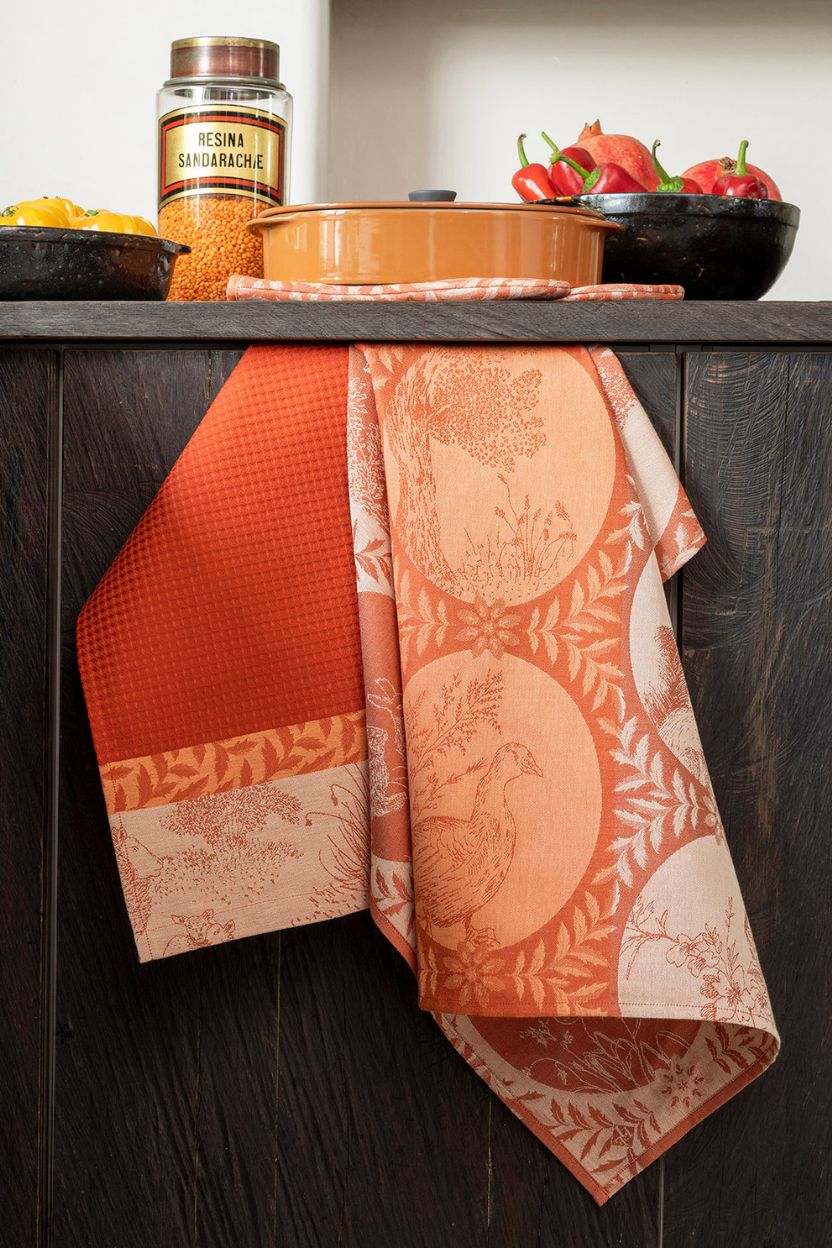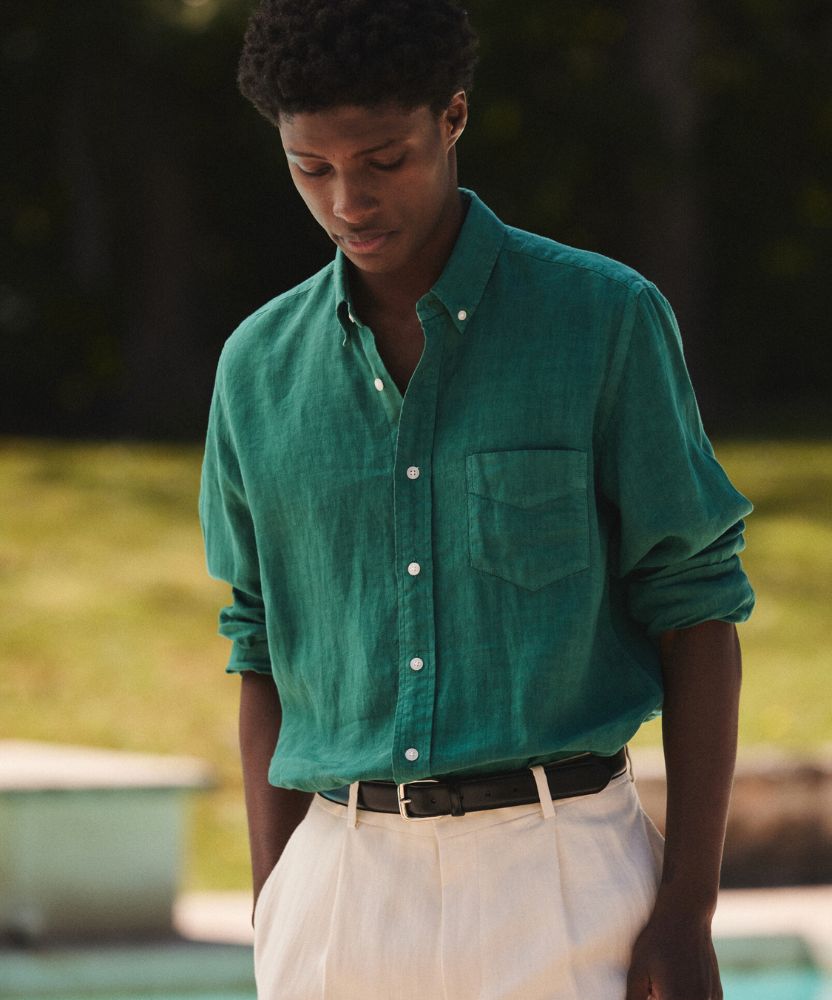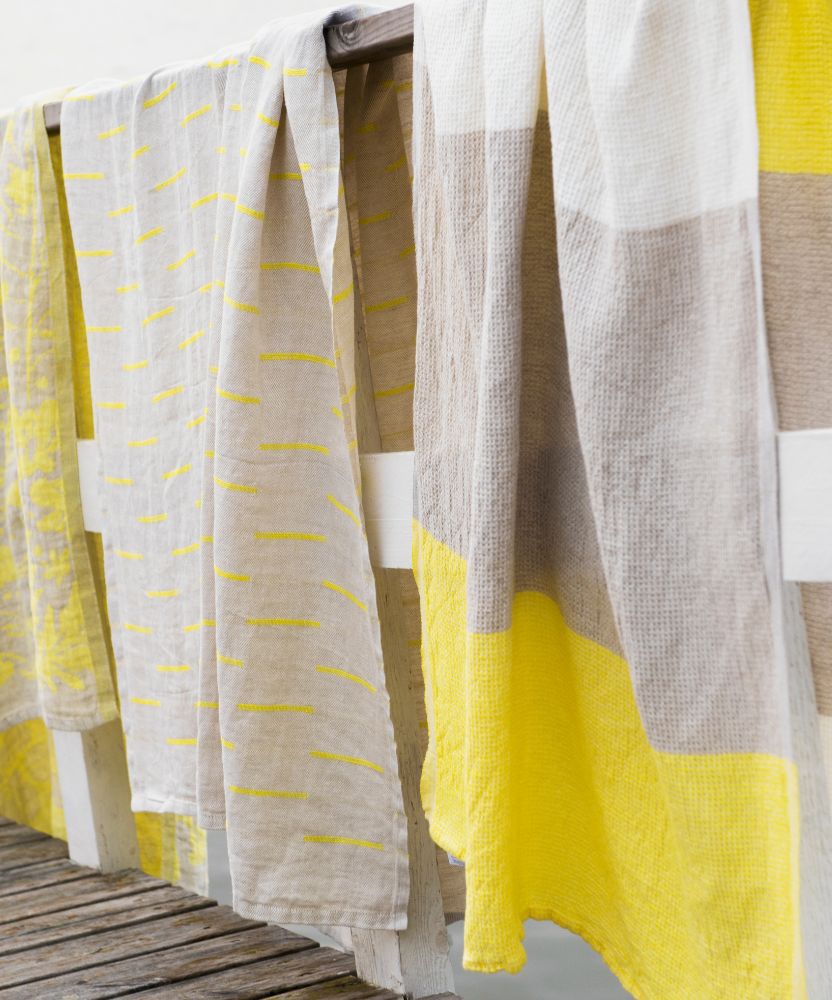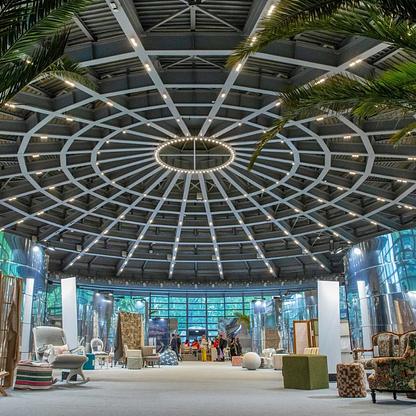Flax colours
July 11, 2023
- Fashion
- Linen
Immerse yourself in the fascinating world of colourful linen and let yourself be transported. From the history of dyeing this textile the most complex shades, discover how linen became an indispensable, versatile, and colourful plant-based material through the ages.
